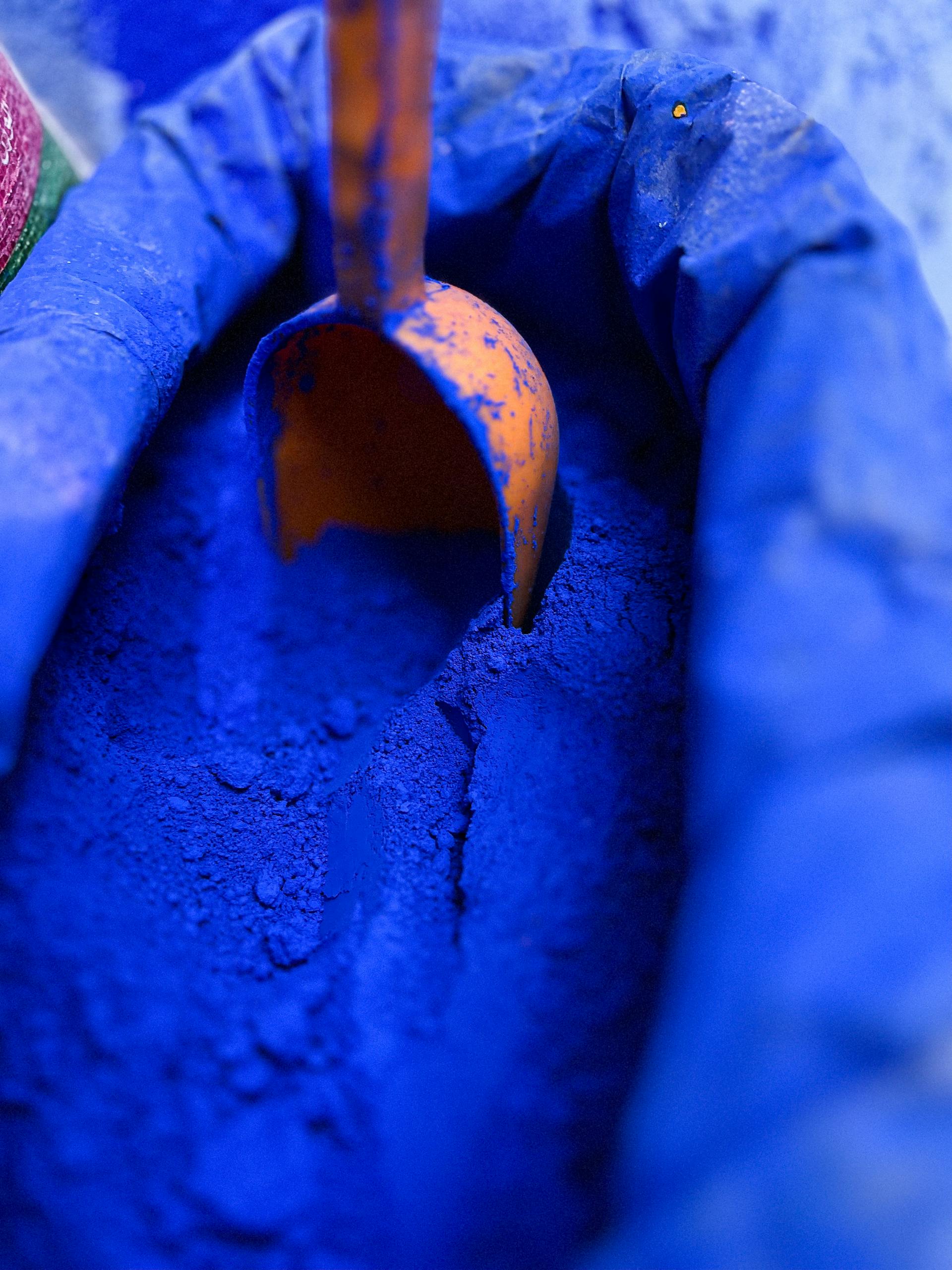
History of Our Pigments
A treasure trove of colours that tell stories of artistic journeys across generations.
-
Natural Earth Pigments
Natural earth pigments are derived from minerals found in the earth. Known for their rich, earthy tones, they have been used by artists for centuries due to their durability and natural beauty. All our natural earth pigments are non-toxic and safe for artists of all ages.
-
Natural Synthetic Pigments
Natural synthetic pigments blend natural pigments with a small percentage of synthetic elements. These blends enhance natural colours with added consistency and vibrancy. All our natural synthetic pigments are non-toxic and safe for artists of all ages.
-
Natural Plant Pigments
Natural plant pigments are derived from various parts of plants, such as leaves, roots, and berries. These pigments are organic, non-toxic, and provide vibrant colours. All our natural plant pigments are safe for artists of all ages.
-
Synthetic Mineral Pigments
Synthetic mineral pigments replicate the properties of natural minerals. These pigments offer bright, consistent colours and are formulated to be non-toxic. All our synthetic mineral pigments are safe for artists of all ages.
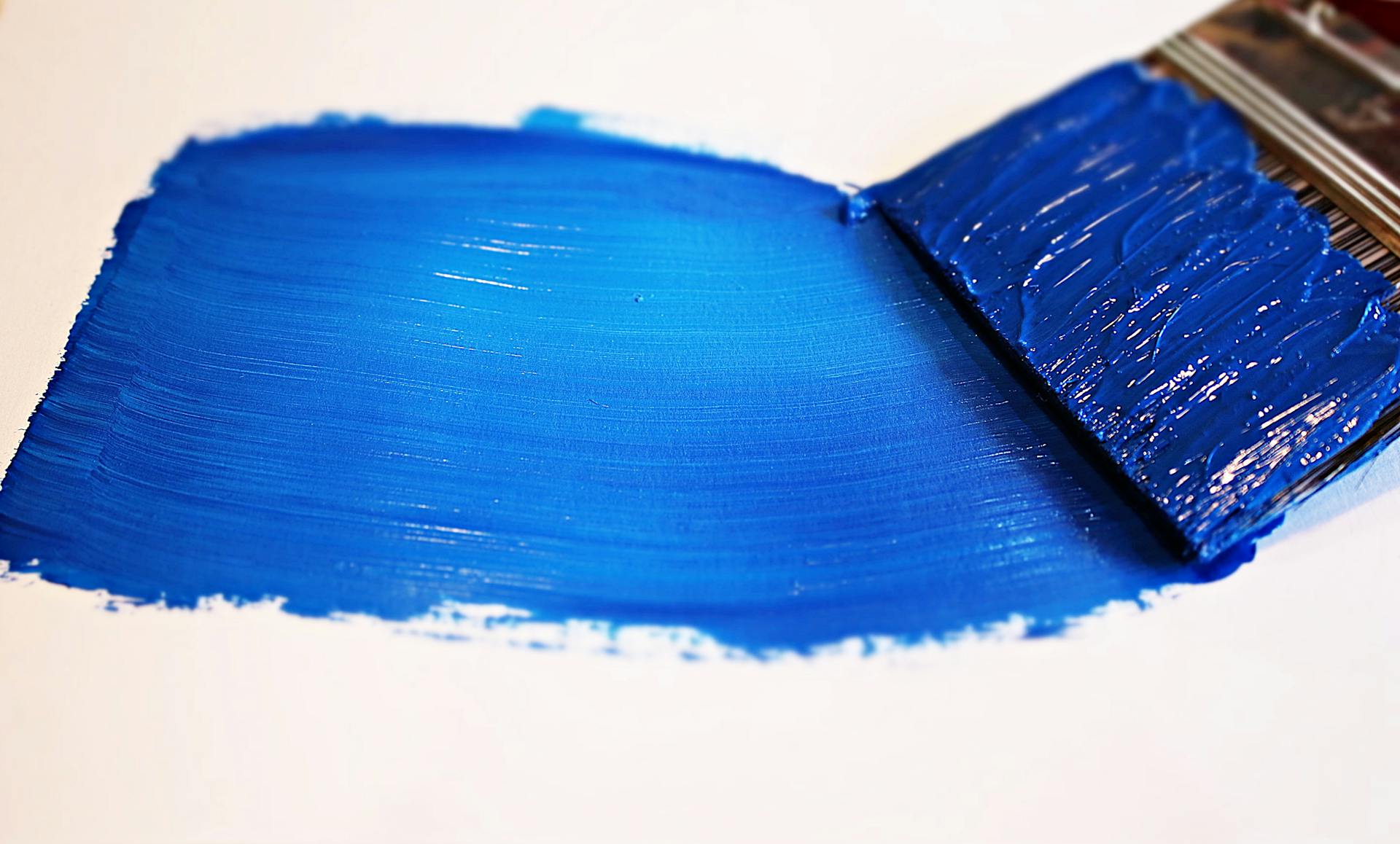
Artist Grade, Vegan and Non-toxic
Natural Earth Pigments
Verona Green Earth ○ Persian Red Earth ○ Persian Yellow Earth ○ Cypriot Burnt Umber
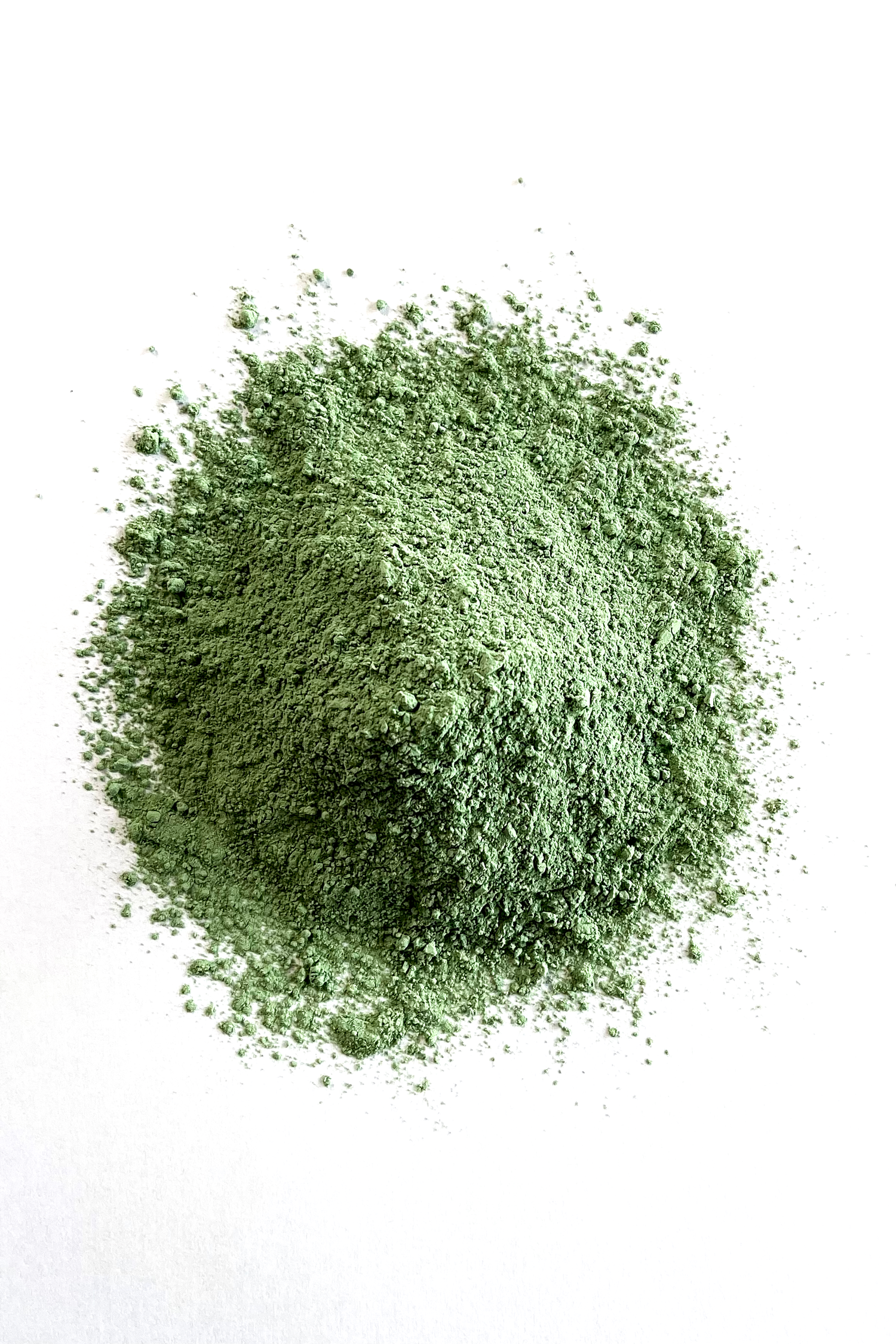
Natural earth
Verona Green Earth
Verona Green Earth pigment, also known as 'Terre Verte de Brentonico', has a rich history dating back to Roman times. This pigment is extracted from the basaltic tufa deposits found in the region of Verona, Italy, and has been prized for its stunning green colour and unique texture for centuries. The Italian Renaissance artist, Leonardo da Vinci, also incorporated Verona Green Earth in his paintings, including his masterpiece "The Last Supper." it was also a favourite of the French Impressionists, including Claude Monet, who used it in his famous "Water Lilies" series.
As a natural earth pigment, Italian Green Earth is a sustainable and eco-friendly choice for artists and designers. The region's extraction of this pigment has been a longstanding tradition, and its authenticity and uniqueness make it a popular choice for those seeking a natural and historic touch in their work.
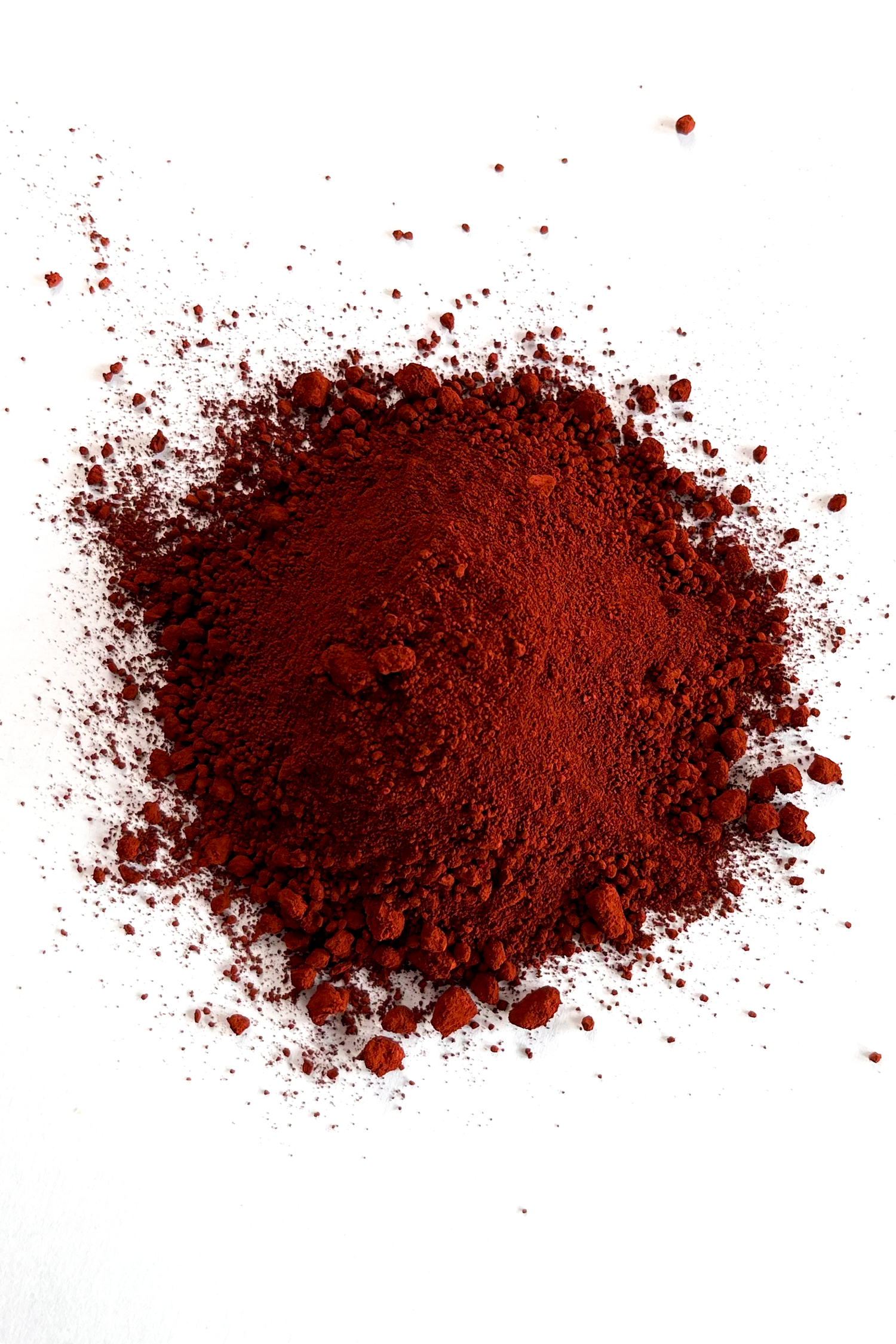
Natural Earth
Persian Red Earth
Persian Red Earth, also known as 'Hormuz Red', is a pigment with a fascinating history in the world of art. It is extracted from the soil of the island of Hormuz, located in the Persian Gulf of Iran. For centuries, this deep red pigment has been highly valued for its intense colour and unique composition. In ancient times, it was traded along the Silk Road, and it has been used by renowned artists from the Islamic world, such as Persian miniaturists, to depict both sacred and secular subjects. Persian Red is also known for its medicinal properties and was traditionally used in Iranian medicine to treat various ailments.
Persian Red has been a popular pigment not only in Persian art but also in the works of artists from other parts of the world. The Italian Renaissance painter, Sandro Botticelli, used Persian Red in his painting "The Birth of Venus." The Dutch master, Johannes Vermeer, used Persian Red in his paintings, such as in his famous work "Girl with a Pearl Earring." Persian Red's unique properties, such as its rich hue and texture, have made it a popular choice among artists for centuries, and it continues to be valued in the contemporary art world.
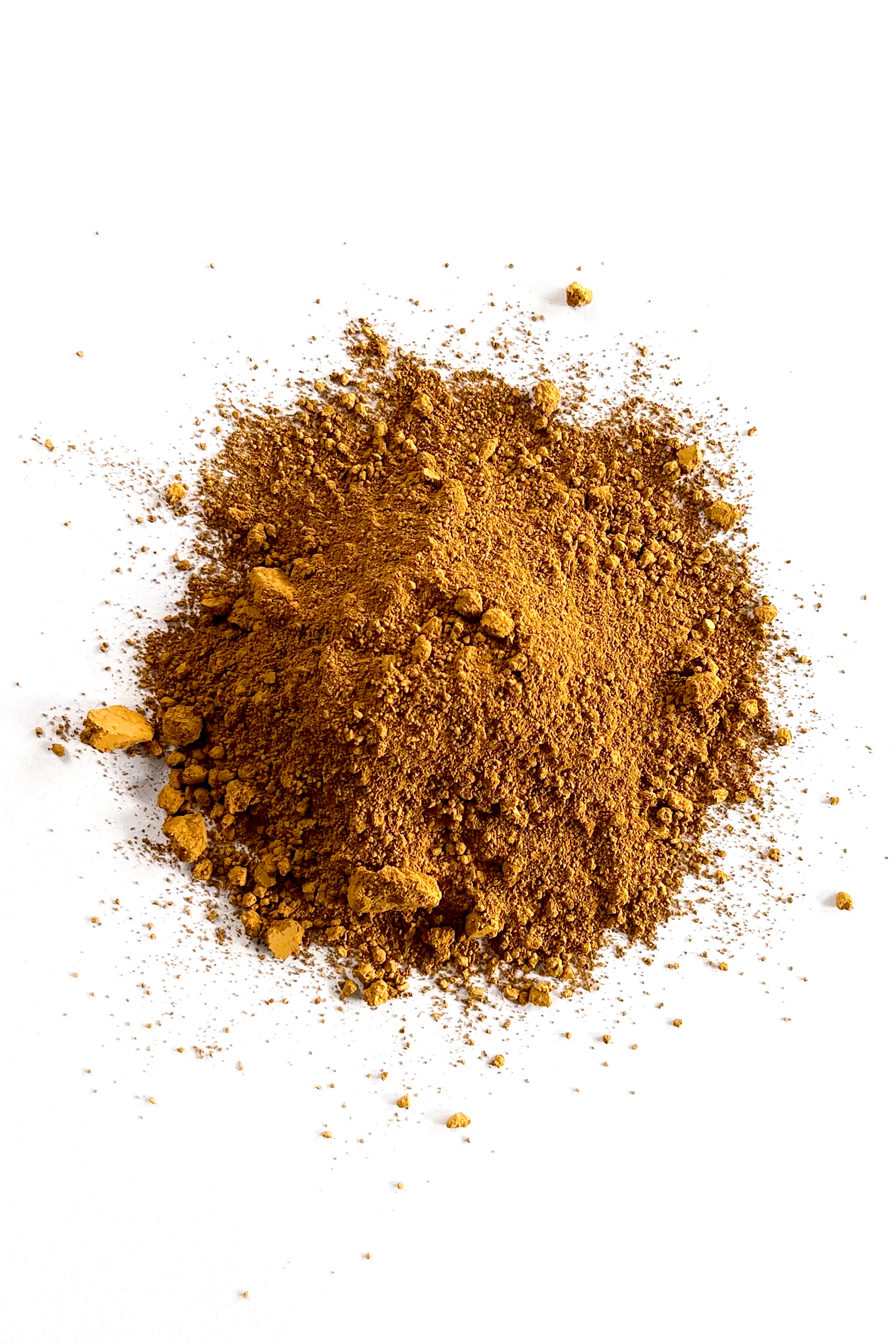
Natural Earth
Persian Yellow Earth
Persian Yellow Earth, also known as 'Hormuz Yellow', is a pigment that comes from the island of Hormuz, located in the Persian Gulf of Iran. This vivid yellow pigment is extracted from a type of rock that is found exclusively on the island. Persian Yellow has been used in Persian art for centuries, dating back to the Safavid era in the 16th century. Persian Yellow is also known for its use in traditional Iranian architecture, where it was used to colour ceramic tiles and inks.
While Persian Yellow was commonly used in Persian art, it also had a place in the works of European artists. In the 18th century, the English artist William Hogarth used Persian Yellow in his paintings, including in his famous series of satirical prints called "A Rake's Progress." The German painter Johann Wolfgang von Goethe also used Persian Yellow in his works, including in his famous painting "The Italian Journey." Additionally, the French artist Henri Matisse incorporated Persian Yellow in his paintings, most notably in his "Moroccan Landscape" series. The unique hue and distinctive properties of Persian Yellow have made it a popular choice among artists across cultures and time periods.
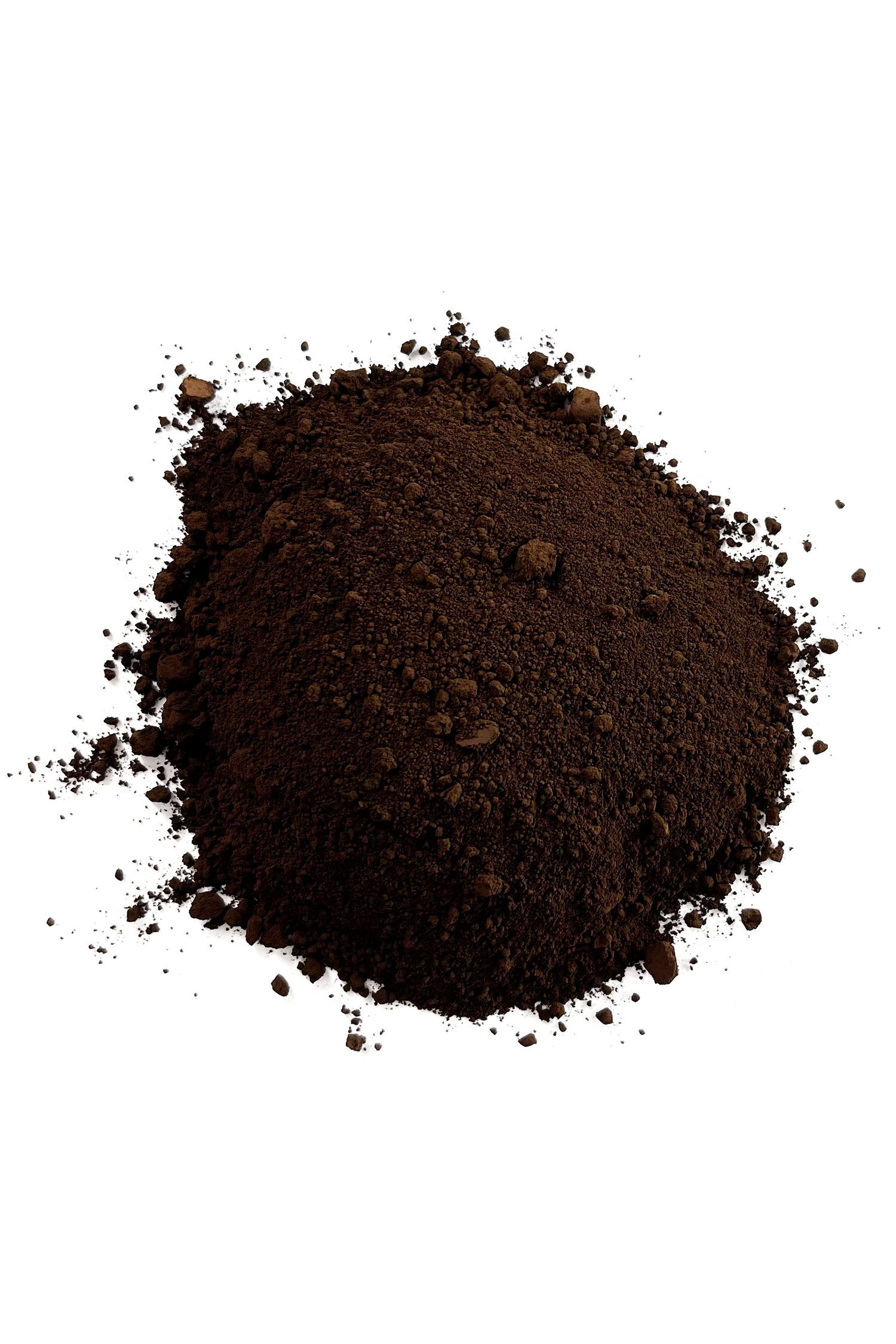
Natural Earth
Cypriot Burnt Umber
Cypriot Burnt Umber, also known simply as Burnt Umber from Cyprus, holds a captivating historical significance in the realm of art. This distinctive pigment undergoes a unique burning process, intensifying its warmth and depth, all while deriving its name from the island of Cyprus, where its rich burnt umber pigment has been sourced for generations. In addition to Cypriot artists, this pigment has found its way into the works of renowned painters from different parts of the world. For instance, the Dutch Golden Age artist Rembrandt van Rijn utilized Cypriot Burnt Umber in his paintings, including his famous piece "The Anatomy Lesson of Dr. Nicolaes Tulp." The Italian Baroque painter Caravaggio also incorporated Cypriot Burnt Umber in his artworks, such as his renowned painting "The Calling of Saint Matthew." Additionally, the Spanish master Diego Velázquez is known to have used Cypriot Burnt Umber in his works, including his masterpiece "Las Meninas." With its deep, warm tones and earthy essence, Cypriot Burnt Umber, a captivating pigment with a rich history, continues to be cherished by contemporary artists and creators alike, keeping alive its legacy as a cherished and authentic artistic medium.
Natural Plant Pigment
German Vine Black
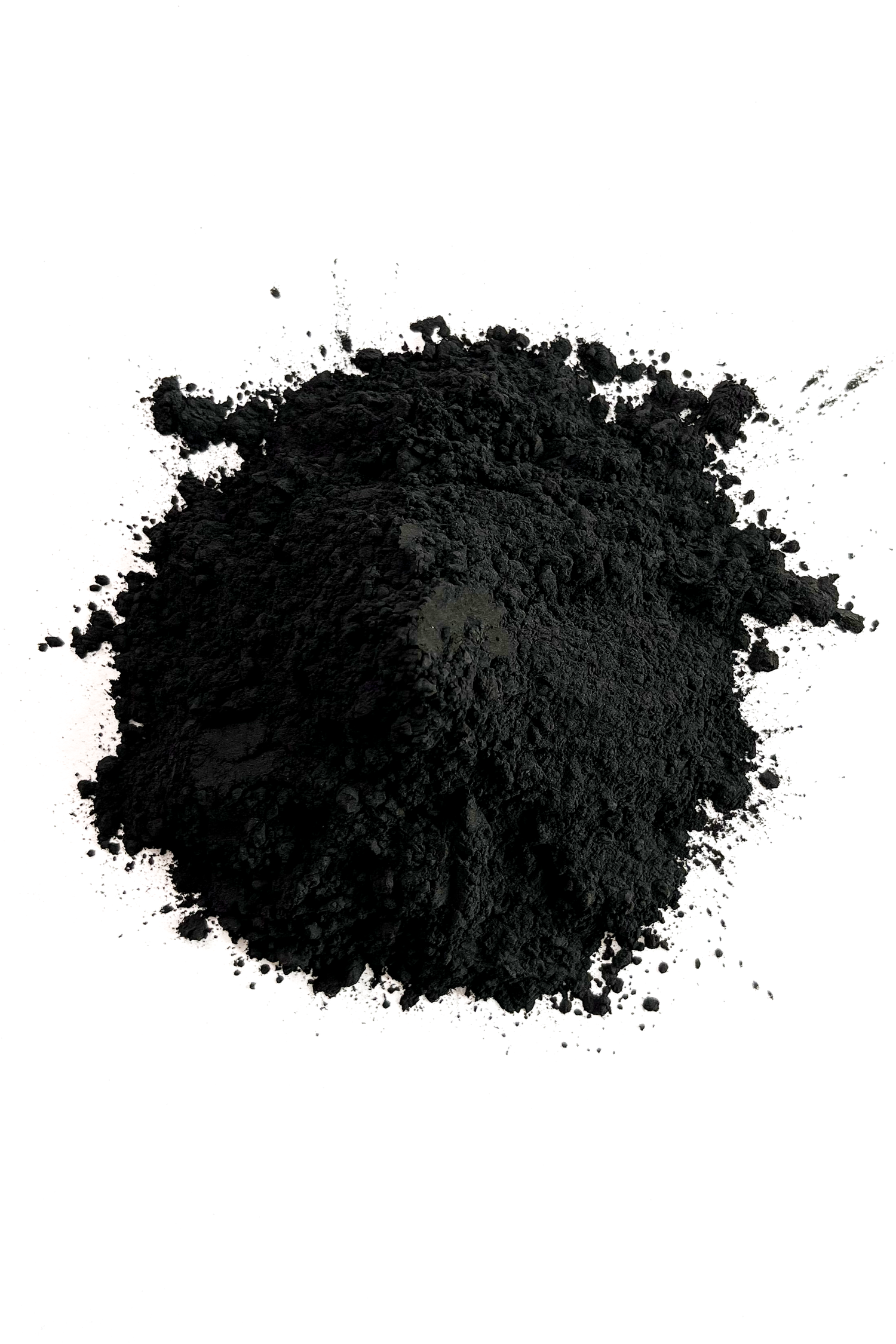
Natural Plant
German Vine Black
German Vine Black pigment, a distinctive and historically significant pigment, has its origins in Germany. This captivating black pigment is derived from the charring of grapevines and vine cuttings. The process involves carefully burning the vines to create the rich black colour that artists have cherished for centuries. The use of German Vine Black pigment dates back to antiquity, with evidence of its presence in various artworks throughout art history. Its deep, velvety black tones have been employed by artists to add depth, shadows, and contrast to their compositions, creating visually striking and emotive pieces of art. European artists of different periods have recognised the unique qualities of German Vine Black pigment. Renowned painters like Albrecht Dürer in the Renaissance era and Max Ernst during the 20th century have incorporated this pigment into their masterpieces, to enhance the shadows and dark areas of their masterpieces. Today, German Vine Black pigment continues to be cherished by artists who seek a timeless and rich black hue that holds a historic connection to the art of the past. Its enduring presence in the artistic world is a testament to its versatility and ability to add depth and allure to contemporary creations.
Natural Synthetic Pigments
French Yellow Citron ○ French Red Ruby
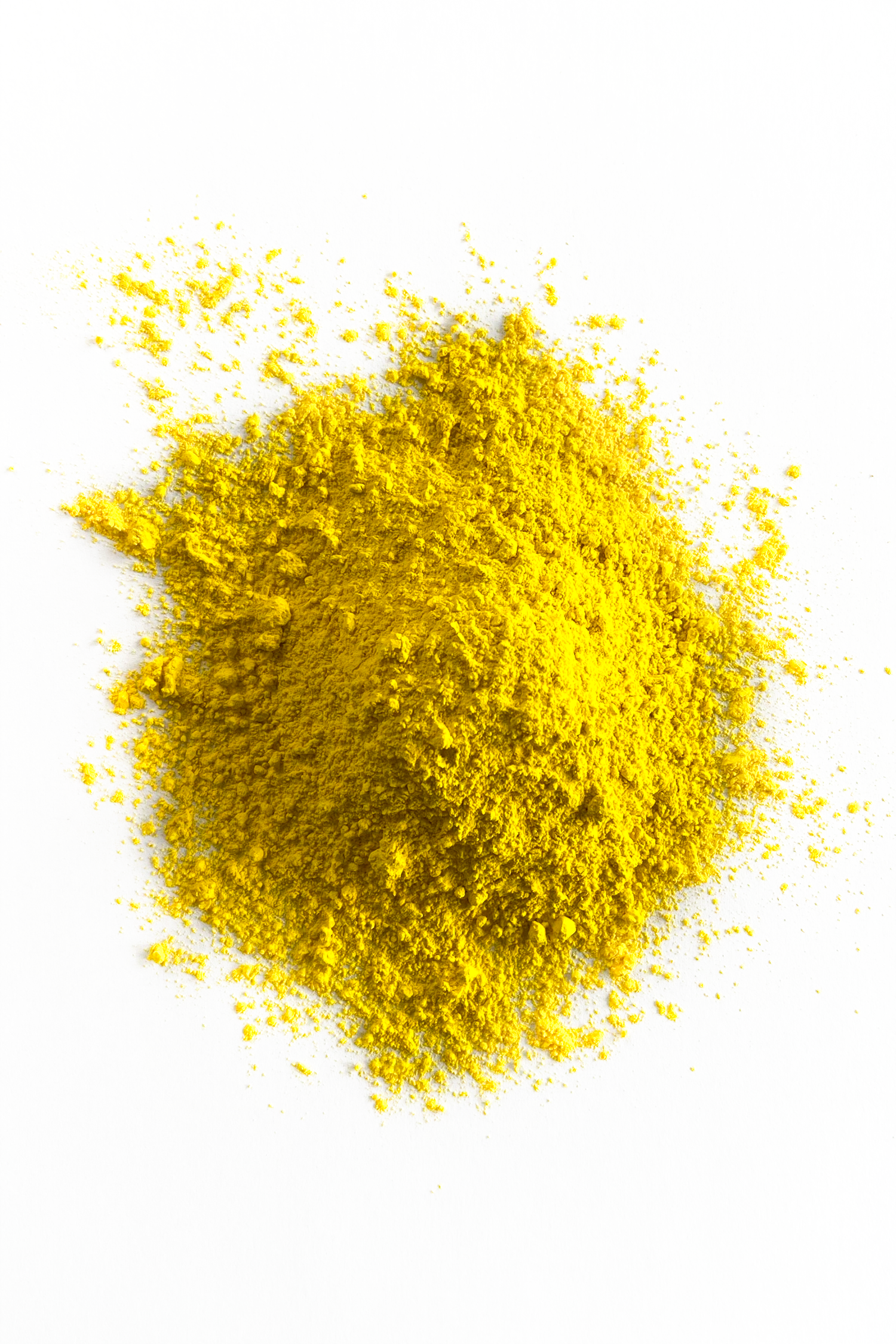
97%NATURAL+3%SYNTHETIC
French Yellow Citron
French Yellow Citron pigment is a non-toxic natural synthetic reproduction of Lemon Yellow pigment, also known as Barium Chromate, which is a vibrant and beloved hue in the world of art.
Its rich history dates back to the 18th century when advances in colour chemistry led to the synthesis of new pigments. During the 19th and 20th centuries, Barium Chromate gained immense popularity among artists due to its versatility and ability to create bright, sunny tones. Its widespread use in both traditional and modern art further cemented its significance in the world of pigments. While Lemon Yellow pigment holds immense artistic value, it is essential to be aware of its potential toxicity to both human health and the environment. Barium Chromate, the chemical compound behind the pigment, contains barium, which can severely irritate and burn the skin and eyes with possible eye damage if inhaled.
French Yellow Citron was created in 2015 by a renowned pigment factory in France. Crafted with utmost care and innovation, French Yellow Citron offers artists a brilliant and sunny colour reminiscent of its predecessor, while ensuring safety and sustainability. Composed of 97% natural ingredients, this synthetic pigment poses no danger to human health or the environment.
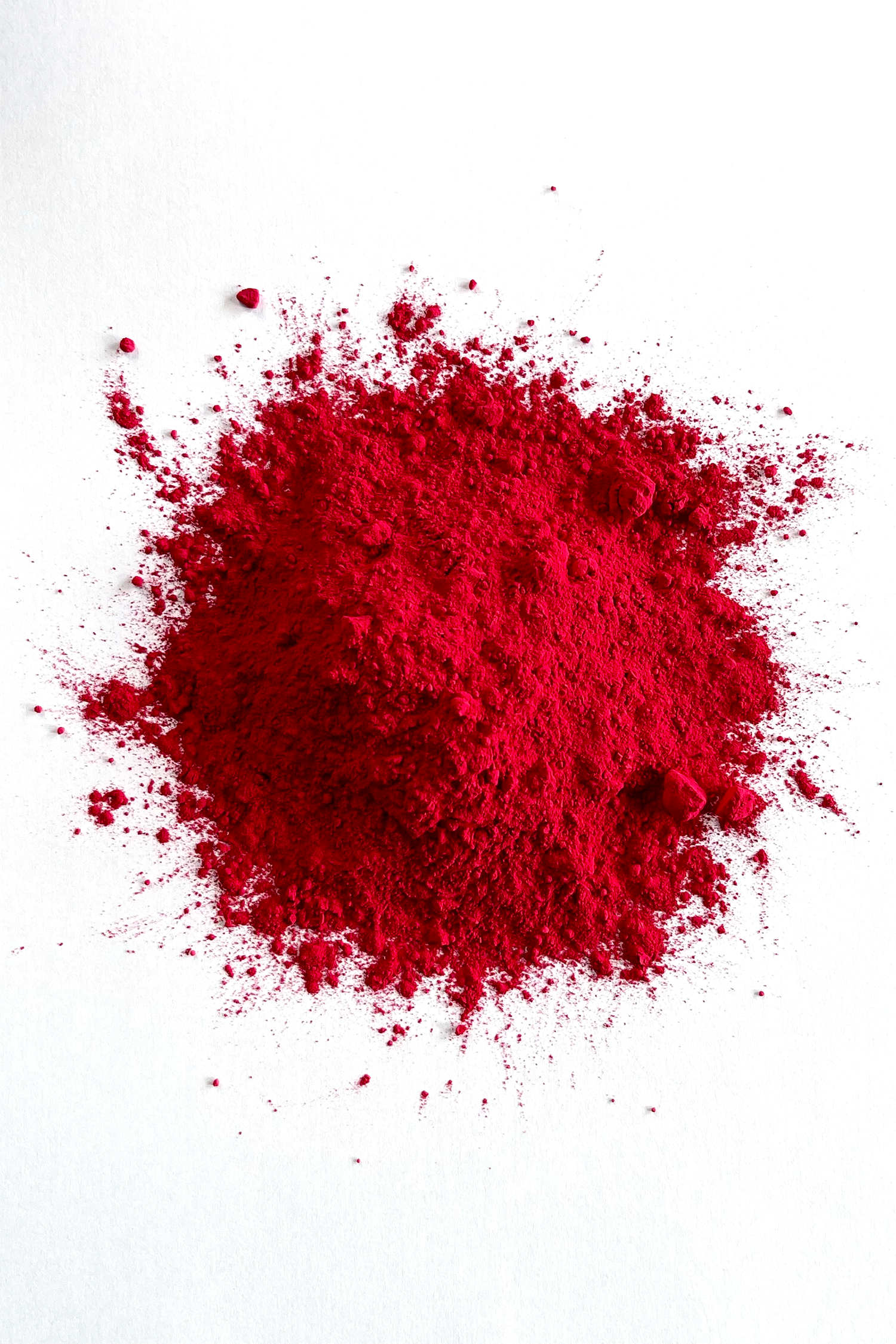
95%NATURAL+5%SYNTHETIC
French Red Ruby
French Red Ruby pigment is a non-toxic natural synthetic reproduction of Lithol Red, also known as Lithol Rubine. Lithol Red was developed in the late 19th century by German chemist Wilhelm Bötticher around 1878, this bright and intense red pigment quickly gained popularity for its versatility and ability to produce vibrant hues.
The American artist Mark Rothko used Lithol Red in several of his masterpieces in 1950. Rothko showcased his magnificent paintings, adorned with the alluring Red Lithol, at Haward University in 1962.
The artworks were originally exhibited in a brightly lit room at the university. As time passed, the once bright colours gradually darkened, eventually turning black. Specialists discovered that the intense brightness the paintings were exposed to caused the pigment's degradation. In an attempt to preserve the paintings, they were relocated to a less exposed room in 1979. Unfortunately, the damage proved irreversible. In response to the challenges of lightfastness, a significant breakthrough emerged in 2016 when a French pigment factory created the remarkable French Red Ruby. This pigment is a faithful reproduction of Red Lithol with enhanced lightfastness, ensuring that the vibrant hues endure beautifully in artworks for generations to come.
Synthetic Mineral Pigments
Titanium White Rutile ○ Ultramarine Blue
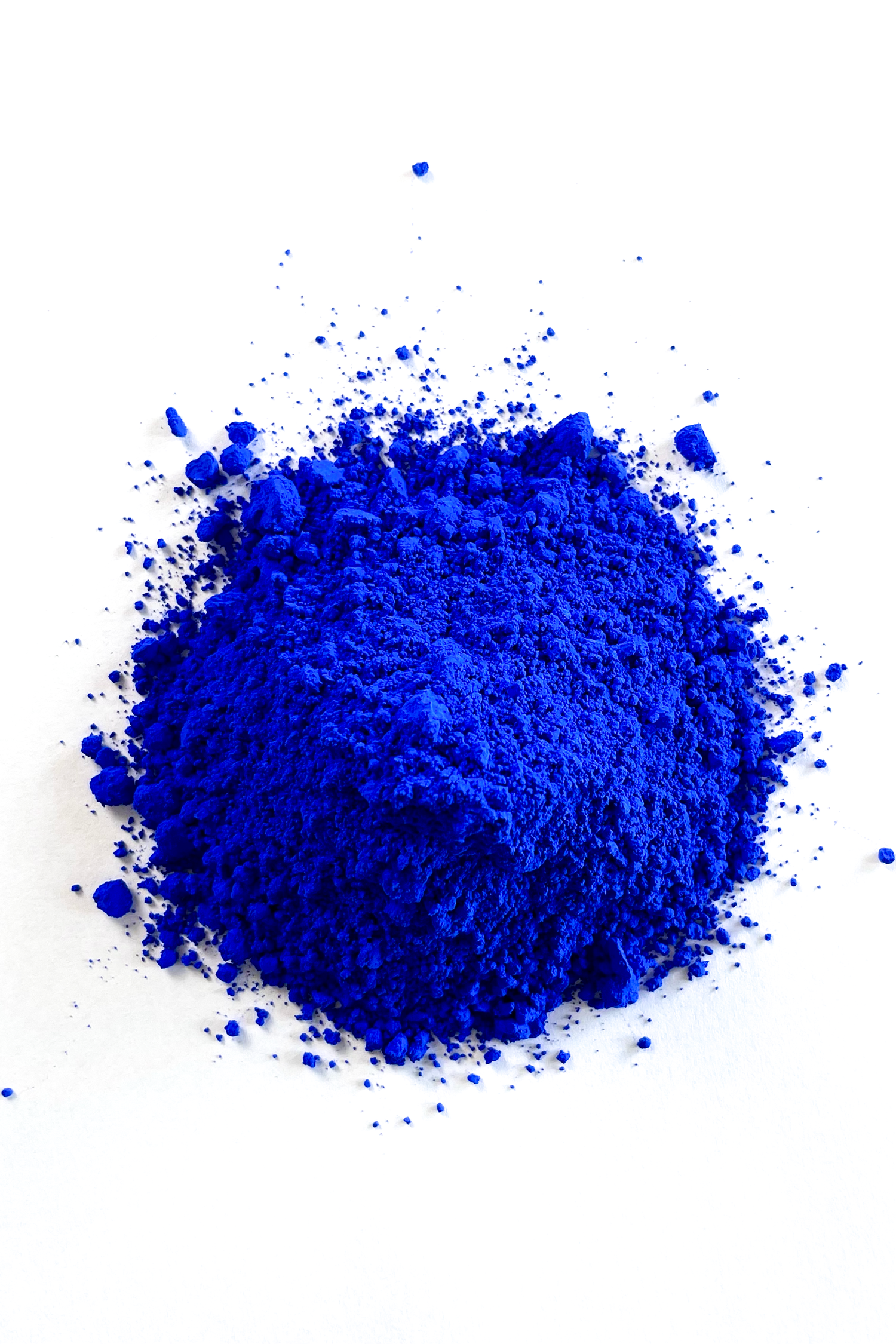
Synthetic Mineral
Ultramarine Blue
Ultramarine Blue, a captivating and revered pigment, holds a storied history that dates back to ancient times. This vivid blue pigment was originally derived from the semi-precious stone lapis lazuli, and its name "ultramarine" stems from the Latin phrase "ultramarinus," meaning "beyond the sea," reflecting the distant origins of the pigment.
Throughout history, Ultramarine Blue was considered one of the most precious and expensive pigments available, reserved for use in the finest artworks. It adorned the illuminated manuscripts of medieval Europe and graced the canvases of the Renaissance masters, becoming synonymous with richness and luxury. Artists from diverse cultures and periods have been enchanted by Ultramarine Blue, incorporating it into their masterpieces to depict the vastness of the heavens, the depth of the ocean, and the ethereal qualities of mythical and divine subjects.
In the 19th century, the discovery of synthetic Ultramarine Blue made this precious pigment more accessible, allowing artists to explore its brilliance and depth without the prohibitive cost of natural lapis lazuli.
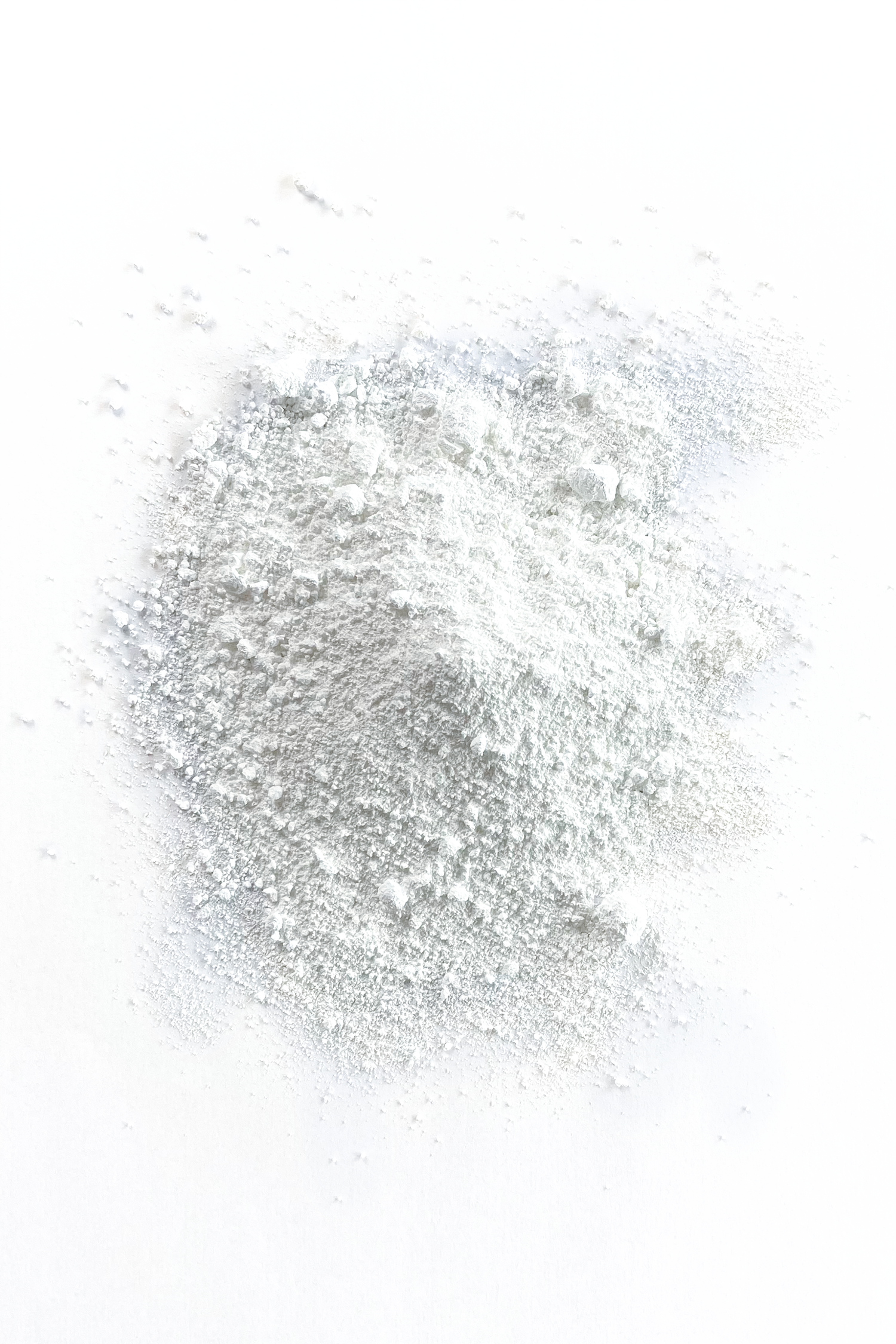
Synthetic Mineral
Titanium White Rutile
Titanium White Rutile, a pure and highly opaque white pigment, has become a cornerstone of the artist's palette. Derived from naturally occurring titanium dioxide, this pigment's name originates from its unique crystal structure, resembling rutile minerals. The use of Titanium White Rutile in art has a relatively modern history, gaining popularity in the 20th century due to its exceptional opacity and brilliance. Its ability to cover underlying colours with ease makes it an essential tool for artists seeking bright highlights and luminous effects in their compositions. Artists across various genres and styles have embraced Titanium White Rutile to elevate their works. Masters like Pablo Picasso utilized this pigment to add a touch of radiance and enhance the contrast in their paintings, achieving captivating visual effects.
Contemporary artists continue to rely on Titanium White Rutile for its ability to create striking contrasts and add a sense of depth to their artwork. Its purity and opacity make it a reliable choice for achieving intense, reflective surfaces, evoking a sense of light and luminosity in both traditional and experimental art forms. As an indispensable part of the artist's repertoire, Titanium White Rutile's profound impact on the art world endures, perpetuating its legacy as a timeless and versatile pigment for generations to come.